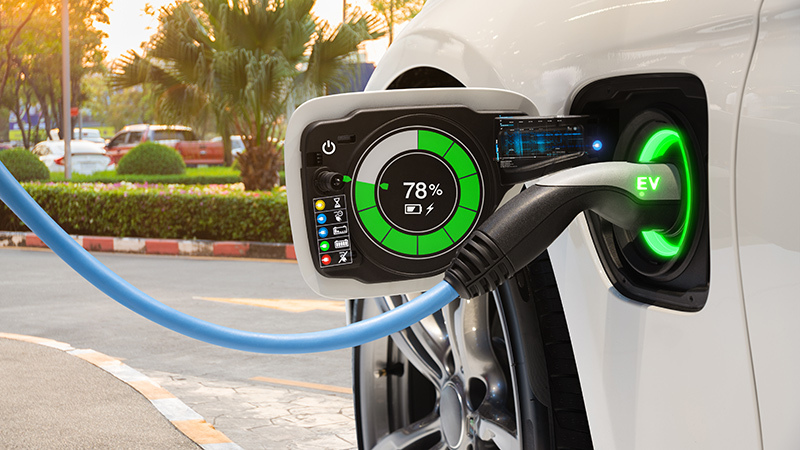July 15, 2021
A ZEV standard is a proven method of curbing pollution from the transportation sector, which has become the leading source of greenhouse gas pollution nationwide. Colorado adopted a ZEV standard in 2019, Nevada has begun the administrative process to put one in place, and New Mexico plans to do the same by 2022. Western Resource Advocates is providing important recommendations in those processes, including on the credit system for auto manufacturers.
How the ZEV Crediting System Works
The ZEV standard is a policy set by the California Air Resources Board which can be adopted by any state in the country. The standard requires auto manufacturers doing business in a ZEV state to provide a certain number of zero-emitting cars and trucks each year to dealerships in the state. Manufacturers are awarded credits for each zero-emission vehicle brought to the state for sale, based on features like how far the vehicle can go on a single charge and whether the vehicle is a plug-in hybrid or fully electric. Those credits are then retired in a given year to demonstrate compliance with the standard. The standard increases annually, and manufacturers in participating states are required to bring more electric vehicles into a ZEV state each year or retire credits in that year to satisfy the standard. If a manufacturer does not sell enough ZEVs to meet the standard in a given year, the manufacturer can purchase credits from other manufacturers that had a surplus.
To date, all manufacturers have met – and often exceeded – the standards. The current ZEV standards extend until vehicle model year 2025. Updated ZEV standards are expected to be issued in 2022 and will increase the sales requirements for auto manufacturers for the following decade, with an expectation that the 2035 sales requirement will be 100% ZEV sales. States in our region will then have the ability to adopt these new, updated ZEV standards for post-2025 model years.
A ZEV standard is a proven method of curbing pollution from the transportation sector, which has become the leading source of greenhouse gas pollution nationwide. Electric vehicles are expected to achieve price parity with fossil-fueled vehicles as early as 2024 by some estimates, and EV prices will continue to decline for the foreseeable future as battery technology continues to improve. A ZEV standard encourages technological innovation by requiring manufacturers to increase EV production and provide dealerships with more electric vehicles.
Crediting system decisions can impact a ZEV standard’s effectiveness
Although California is the only state allowed to make its own emission standards under the federal Clean Air Act, other states that adopt California’s ZEV standards have flexibility in how they implement the program. Some ZEV states have used methodologies that offer manufacturers proportional credits and early action credits to ease the transition to a ZEV standard.
- Proportional credits incentivize manufacturers to sell electric vehicles in California, at the expense of other states. By selling EVs in California, manufacturers can bank the ZEV credits allotted for California while also banking credits for any state that has proportional credits linked to California. This rewards manufacturers for concentrating EV sales in California at the expense of progress in states that have adopted ZEV standards and have proportional credit regulations. This approach creates a financial disincentive that discourages manufacturers from bringing new EV models into a state with proportional credits. If proportional credits are allowed, a ZEV standard will be less effective in improving local air quality within the proportional credit state and reducing greenhouse gas pollution within the proportional credit state.
- In contrast, early action credits incentivize auto manufacturers to bring electric vehicles to the state more rapidly. This means prospective EV drivers get access to a more diverse array of EV models sooner than they otherwise would, while auto manufacturers build a bank of credits they can use to meet more stringent emission standards in later years. Early action credits are a win-win for both industry and environmental interests. However, the amount of these early action credits that are offered to manufacturers must be carefully managed to avoid diluting future requirements for the number of vehicles that manufacturers must provide.
What crediting system can accelerate EV adoption in new ZEV states?
A crediting system under development in Nevada offers a promising model for other states contemplating adoption of ZEV standards. The Nevada plan is supported by state leaders as well as auto manufacturers and environmental advocates because it provides certainty to the auto industry while also ensuring the rule attains the maximum environmental benefits.
The Nevada plan allows manufacturers to receive early action credits for vehicle model years 2022, 2023, and 2024. The Nevada system now under consideration only allows a manufacturer to use proportional credits for compliance in vehicle model year 2026 and beyond. The Nevada Division of Environmental Protection (NDEP), the agency responsible for developing Nevada’s ZEV regulations, plans to revisit those regulations once California adopts its next-generation ZEV standards in 2022, ensuring Nevada’s program remains consistent with the updated rules, including provisions pertaining to the use of proportional credits.
NDEP’s statement of intent to revisit the ZEV standard after the update and impose the same stringencies as California has been key. Both auto manufacturers and environmental advocates want certainty about what the future will bring. The expectation that the updated California standard will require 100% ZEV sales by 2035 provides both business and environmental certainty about the future.
By not allowing manufacturers to use proportional credits to satisfy their credit requirement until model year 2026, the Nevada plan will help ensure greater numbers of EV sales in Nevada. Other states across the West should consider a similar approach, to avoid proportional credits and gain access to greater numbers of electric vehicles and the economic and environmental benefits of clean transportation.



